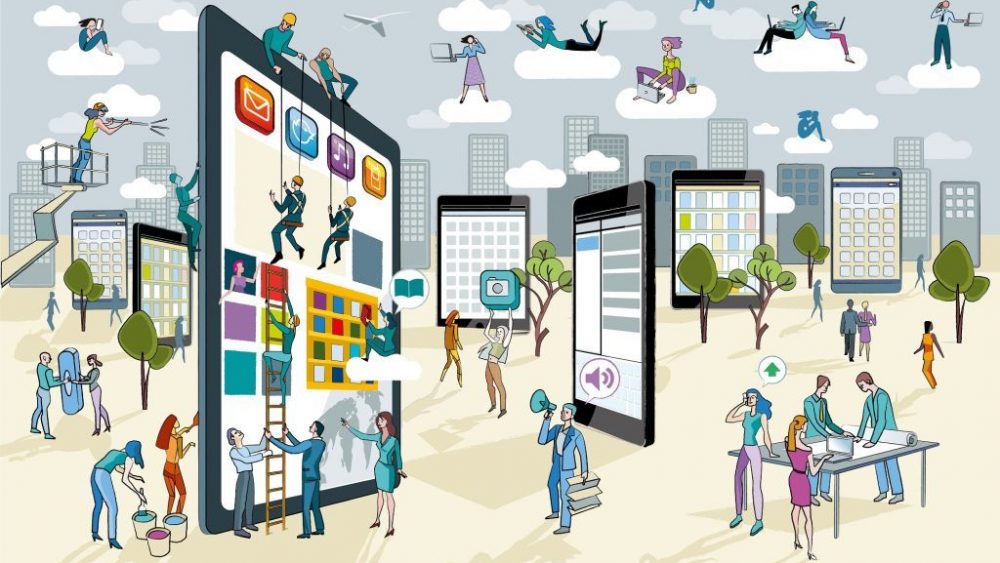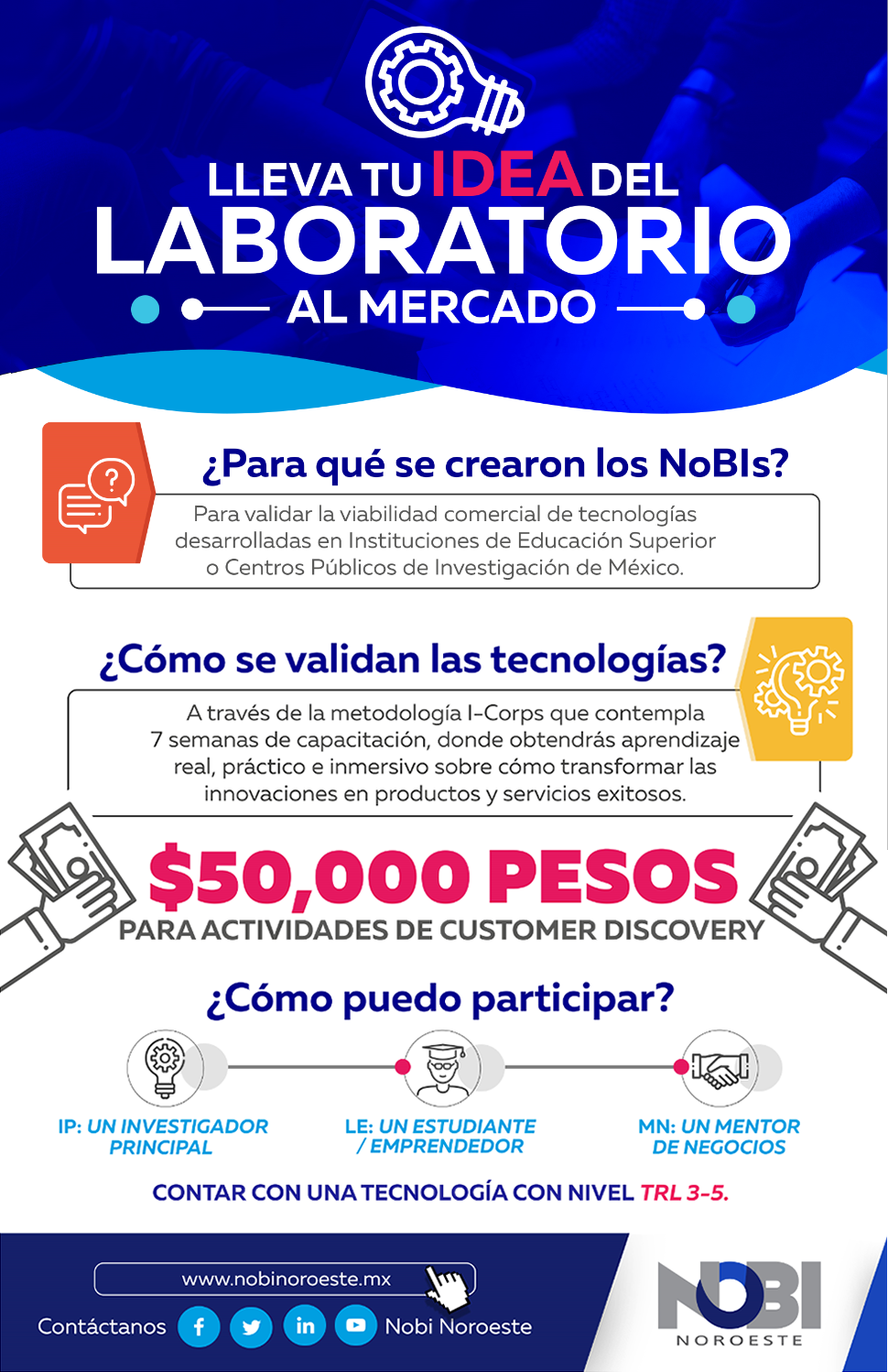In an interview realised in 1926, the famous Serbian inventor, engineer and physicist Nikola Tesla commented: « When wireless is perfectly applied the whole earth will be converted into a huge brain, which in fact it is, all things being particles of a real and rhythmic whole. […] and the instruments through which we shall be able to do his will be amazingly simple compared with our present telephone. A man will be able to carry one in his vest pocket».
Even when most of people just associate his predictions with smartphones creation, in fact in his interview Tesla also foresaw objects’ interconnectivity through wireless networks. Today this technology exists, at its beginnings it was known as «internet of objects», although now is commonly denominated «internet of things» (IoT).
But, what is the IoT?
IoT is defined by Cisco’s Internet Business Solutions Group (IBSG) as: «simply the point in time when more “things or objects” were connected to the Internet than people». This has become a fact thanks to the increase in the usage of smartphones and tablets.
Between years 2008 and 2009 was estimated that a total of 12.5 billion devices were connected within a population of 6.8 billion users. This means that, for the first time in history, the number of connected devices by person was greater than 1 (1.84, to be precise).
IoT us the first real evolution of the internet since its introduction with ARPANET in 1969, it turns into «sensorial» internet, this is, with the ability to determine temperature, pressure, vibration, light, humidity, stress, among other things. At the same time, the internet expands to places and functions that once were unimaginable, that would seem taken out from a science fiction book or movie.
From thermometers to the continuous monitoring of human body
In white goods and electrical appliances market there has already been given the creation of numerous products designed to improve comfort and quality life of their users. Would you like a thermostat control that learns your temperature preferences and functions by itself? Nest has created one that, in addition to being easy to use, realizes a saving from up to 20% in home energy consumption and can be remotely controlled from an Android device.
Other enterprises, like Samsung’s Smart Things, follow the same trend: they offer sensors to home that help to programme the functioning of electrical appliances, to monitor your home’s safety with cameras and automated bolts, even entertainment elements for your daily routine like programming radio to turn on each morning when you wake up.
Can you imagine that a patient could ingest a device connected to internet that would enter into his body to help physicians to diagnose the causes of certain diseases? Even though this is not jet successfully developed, nowadays it is possible to count on extracorporeal sensors like Preventice Services’ Body Guardian Heart, that consists of a discreet device sticking-plaster or patch shaped that registers electrocardiogram, pulse, breathing, activity and corporal position; it might be used to give follow-up to patients with cardiorespiratory problems: patient’s information is wirelessly sent to a monitoring centre of the enterprise and physicians can access to their patients’ the information at any moment (besides, recollected data is also saved in the patient’s smartphone).
Interconnectivity as goal
IoT can place really small sensors in plants, animals and geological phenomena, it connects them to help controlling and monitoring in stockbreeding and agriculture, it can be used in industry and commerce to improve processes logistics, it can be used for the implementation of city security networks in order to improve street surveillance, also, as we mentioned before, it has many functions applicable at home and within the health sector.
Nevertheless, the goal is to reach not simply a great amount of independent devices, each connected to its own network, the objective of the IoT is to achieve an interconnectivity among systems, creating like this a unique subsystem that allows devices to interact among them independently of their brand of main function.
That is to say, the idea is that a device can monitor your health so, for example, it can adjust your diet through a control in your refrigerator that realise the shopping list of supplies, based on what you have ran out of and your nutritional necessities.
Likewise, at a macroestructural level, the IoT seeks to create smart cities, in which interconnectivity is not just given among your home devices, but all devices of all users are sharing information and analysing massive data all the time, with the purpose of contributing to the optimization of inhabitant’s quality life.
Privacy at risk? What will the IoT bring us?
Putting aside the fact that technology and advances in service networks have been improving and evolving over the years, there is still a theme of concern for users: everything related to their personal information and the exposure it implies keeping such data on the cloud.
IoT defenders have stated that the private information will not be shared by enterprises monitoring it, but there still the latent danger that one day, some consortium or Government with enough authority might obtain these users’ data.
On the other hand, it should be noted that the parameters to define cybercrimes are yet too vague, which is why scepticism about having your whole life inside a universal system that is accessible from any device is something to consider.
Indubitably, once outpaced the obstacles in the matter of security, network overload and the way devices can have auto-sustainable energy sources, IoT will have more in its favour than against it. The new internet revolution has come to improve our lifestyle and the way we perceive the world.
Who knows? Perhaps in some years it will be possible to outpace current problems related to the creation of connectivity and safety protocols which be more suitable to guarantee both the ideal incorporation and the best performance of IoT in our lives. And we should not forget that, likewise, digital alphabetization and global access to internet remain pending issues.
Once again we remain expectant on the possibility of materialising in this, our tangible and immediate world, that other world that we admire so much from the distant perspective of the fiction and that visionary Nikola Tesla predicted 90 years ago, a world where connectivity reaches anyone, anybody, anything, any device, anytime, any context, any place, anywhere, any path, any network, any service, any business.
Written by Doris Salazar (Communication and Diffusion, PIT-UAS), Translated by Belem Ruiz (Edition and Communication, PIT-UAS).



 Parque Científico Tecnológico, Universidad Autónoma de Sinaloa © 2015
Parque Científico Tecnológico, Universidad Autónoma de Sinaloa © 2015